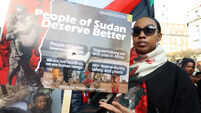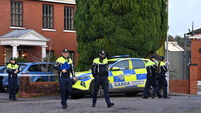The decline of Ireland's B&B sector is a blow to our vibrant tourism offering
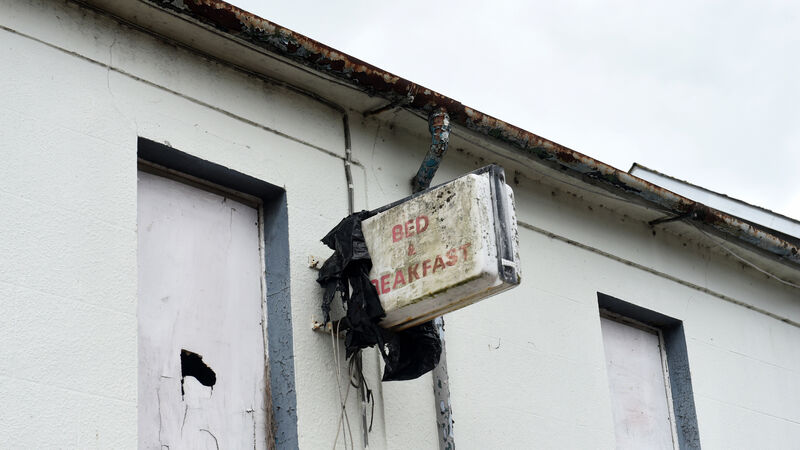
B&Bs have fallen victim to stricter drink-driving laws, new budget price hotels, the trend towards the urbanisation of spending within tourism, and the more recent preference among Irish people for hotel stays. File picture
Once the powerhouse of our hospitality industry, B&Bs provided Irish people with affordable staycations in straitened times, when hotel stays were ruinously expensive. They also allowed overseas visitors the benefit of seamless entry to an Irish family home.
Now, an endangered species, the welcoming shamrock outside an Irish homestead is fast going the way of telephone boxes, and transistor radios.
While the dwindling number of village pubs, shops, post offices, and Garda stations across rural Ireland has been chronicled and bemoaned widely, the B&Bs and guesthouses of Ireland have, for two decades now, been slipping away virtually unobserved — like ships on a misty night.
Declining from more than 4,000 establishments 25 years ago to about 800 now, they have steadily fallen victim to stricter drink-driving laws, new budget price hotels, the trend towards the urbanisation of spending within tourism, and the more recent preference among Irish people for hotel stays.
The arrival of Covid accelerated this decline, with many B&Bs and guesthouses operated by older proprietors failing to re-open after the pandemic.
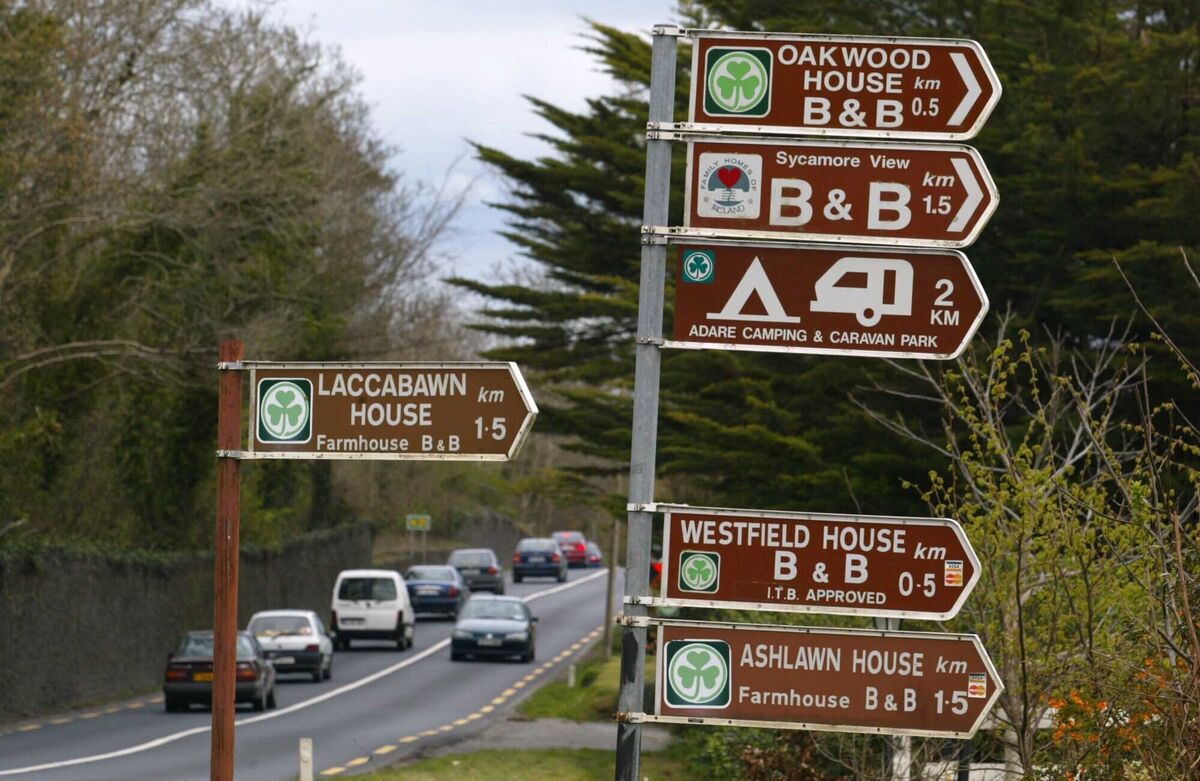
The result is that holidays in Ireland have, over the past two decades, become shorter, more hotel-based, orientated towards coastal locations and focused on urban centres. Visitors are now less likely to use a B&B, stay in rural areas or visit lesser-known destinations.
In 2019, almost half of all expenditure by overseas visitors took place on Dublin’s well-worn tourist trail.
Inevitably, such profound changes have had knock-on effects on rural tourism.
B&Bs were the cornerstone on which the sector was built, since they offered conveniently located accommodation with an opportunity for interactions with local people.
These contacts, when accompanied by advice on what to see and do, were often a highlight of their stay for overseas visitors.
Such personalised service to our visitors is now, however, becoming increasingly difficult to uncover.
There is now a danger that this market will be lost to Ireland if tour operators cannot satisfy the demand for accommodation in family homes, where the legendary Irish welcome is at its strongest.
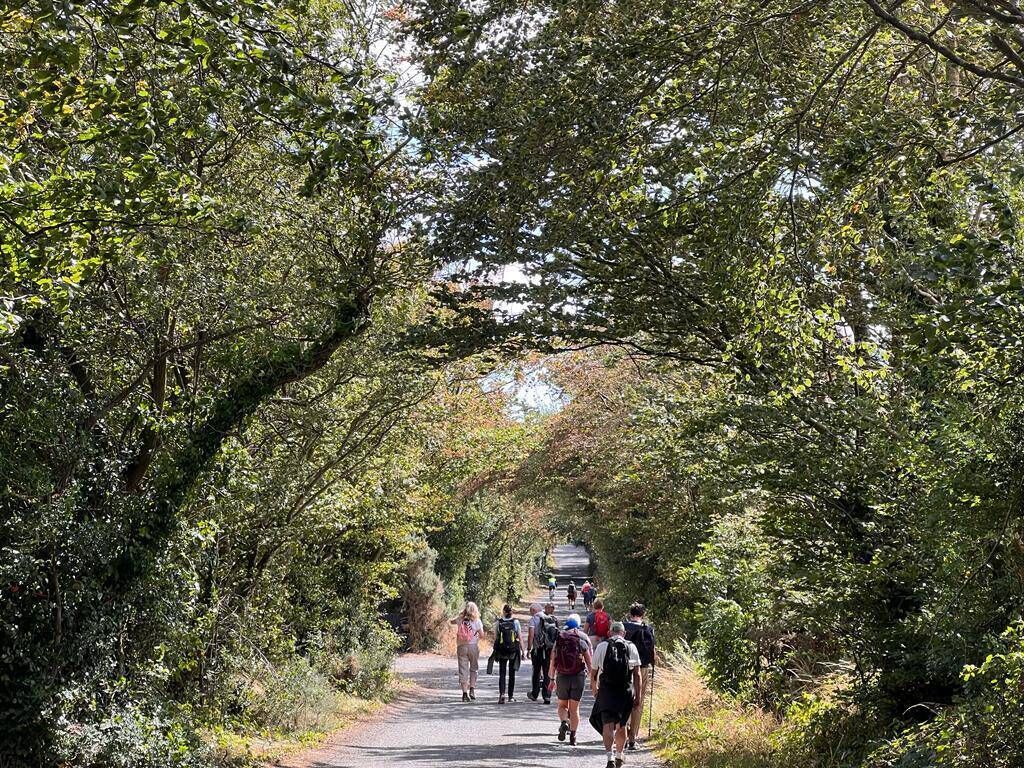
Anecdotal evidence suggests overseas travel agents are now experiencing difficulties finding B&Bs and guesthouses to meet overseas demand for immersive experiences with Irish people.
Such shortages of accommodation have recently prompted B&B Ireland to launch a campaign seeking additional properties in Kerry, where there has been a particularly large exit from the hospitality business.
Slow tourism and outdoor offerings are now being seen as the next big thing in Irish tourism, with much investment directed towards activity-based products that exist predominantly in rural areas.
The revival of pilgrim paths such as St Declan’s Way and the Wexford-Pembrokeshire Pilgrim Way is part of this process. These attractions are, however, being hindered by a dearth of accommodation on certain parts of the route.

If not addressed, this will hamper their development since walking tourists need, above all else, accommodation located close the trail.
Similarly, the many new greenways and blueways planned for development across Ireland will face the problem of accommodation deficits that are not encountered by visitor attractions that cater primarily for car-borne vacationers.
Simply put, it is impossible to develop a vibrant rural tourism industry offering a genuine local experience without having a place for visitors to lay their heads.
With an acute shortage of accommodation now existing across all sectors of our hospitality industry, the time has come to recognise the importance and value of well-located B&Bs for the development of a vibrant tourism industry.
Additional family home-based accommodation should now be incentivised as an integral part of new project developments, since this kind of accommodation can be brought to the market relatively quickly when compared with, for example, hotel accommodation.
We should now set about identifying where accommodation gaps presently exist or are likely to exist in the future due to new product development.
Earlier this year, Fáilte Ireland launched a €700,000 national marketing campaign titled ‘Works for Me’, aimed at attracting more people, across all ages and demographics, to jobs in the tourism industry.
We now need a similar campaign for the B&B and guesthouse sector to encourage homeowners into the hospitality business at a time when 22% of visitor beds are contracted for refugees and asylum-seekers.
In the message, we must emphasise how such businesses spread revenue streams locally and play a critical part in supporting sustainable communities.
A revitalised B&B sector, supported by innovative outdoor and activity offerings in less visited parts of Ireland, is the best way to ensure visitor volume and value is spread as evenly as possible across all regions.
- John G O'Dwyer is the author of several guidebooks for walkers in Ireland and is also chairman of Pilgrim Paths Ireland




